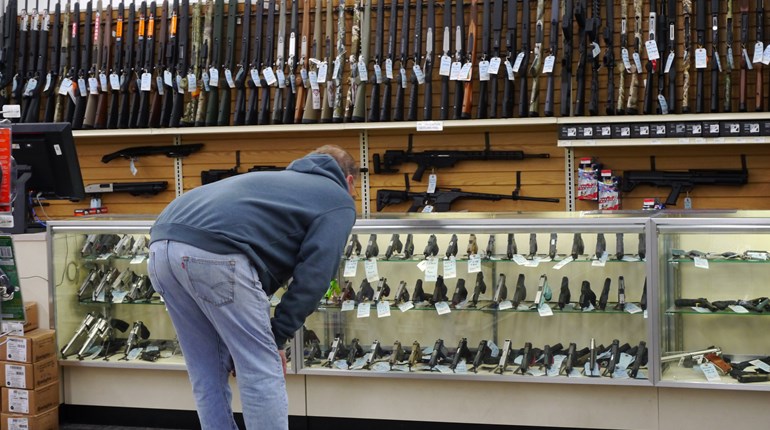
Pretend you are the police superintendent in a large American city, and you’re charged with lowering the murder and violent crime rate in your jurisdiction. But despite strict gun-control laws (or more likely, because of them), your city continues to be plagued by rampant violence. What’s a guy to do?
Well if you are Garry McCarthy, Chicago police superintendent, the easy answer is to cook the books to make it seem like murders and other violent crimes are actually much lower than they really are.
According to a recent report in Chicago Magazine titled “New Tricks” (which is actually a follow-up to an eye-opening piece it published a year earlier), the city continues to find new ways to underreport murders to the FBI’s Uniform Crime Reports (UCR)—methods condoned by authorities in police superintendent Garry McCarthy’s department.In truth, Chicago is the worst nightmare of gun-banners who persist in pushing for more and more anti-gun laws. Already with some of the most restrictive gun-control laws in the nation, the city continues to be a hotbed of murder and other violent crime.
The exposés highlight the story of 20-year-old Tiara Groves, whose naked and gagged body was found on the floor of an abandoned Chicago warehouse. Police investigated the death as a homicide—certainly sensible since most people don’t strip naked and gag themselves to death in abandoned warehouses.
However, according to the report, just 13 days before the police were to tally their final homicide numbers for 2013, the case was reclassified as a “noncriminal death investigation”—resulting in one less murder in the books. After Chicago Magazine made that revelation last spring, police again reclassified the cases.
In March of 2015, police finally arrested neighbor Leondra “Red” Martin and convicted sex offender Desmond “Wicked” Collins, whose DNA was found under Groves’ fingernails. But rather than seek a murder conviction, the Cook County state’s attorney charged them with concealing her death—the state’s lowest-level felony and another apparent attempt to keep the case out of the murder category.
Another case, this one in 2014, involved Chicago carpenter Jacob Klepacz, who was jumped, beaten, kicked, stomped and punched while walking to a bar last April 27. Emergency crews found Klepacz unresponsive on the sidewalk, and he died half an hour later.
The following day, an autopsy report categorized the cause of death as “inconclusive.” Later, even after the toxicology report showed that he hadn’t consumed a lethal quantity of alcohol, the medical examiner still did not make a ruling on Klepacz’s cause of death.
If that sounds bad, just wait: It gets worse. In fact, Eli Silverman, a professor emeritus at John Jay College of Criminal Justice in New York City and an expert on big-city crime statistics, told Chicago Magazine that police officials seem to just keep coming up with “new, creative ways to mislead people.”
“It reminds me of three-card monte,” Silverman said.
Interviews by Chicago Magazine staffers with more than 40 current and former Chicago officers revealed that the police department’s attempts to minimize murders by “cooking the books” does, indeed, go much, much deeper than just the case of Tiara Groves and Jacob Klepacz. In fact, in 2014 the department also:
- Reclassified a number of other murders into different categories prior to reporting deadlines to lower murder numbers;
- Created a completely new code for likely murders, which kept them off the UCR (“That thing was designed to hide murders, plain and simple,” one detective said);
- Delayed changing that new code to the code for homicide—likely to push past reporting deadline—even after evidence indicated murder probably had been committed; and
- Excluded a variety of other murders—including some resulting from gang gunfights, from beatings resulting in heart attacks, and those occurring in previous years or on state highways within city limits—through other creative means.
Additionally, the police department hid 13 other incidents by categorizing them as “confidential,” and also concealed some carjacking-related murders as “hit and run” accidents. In all, Chicago reclassified 797 deaths in 2014, some of which are certainly murders.
In truth, Chicago is the worst nightmare of gun-banners, who persist in pushing for more and more anti-gun laws. Already with some of the most restrictive gun-control laws in the nation, the city continues to be a hotbed of murder and other violent crime.
Police officials “cooking the books” to show fewer murders than really occurred don’t change that fact a bit.


































